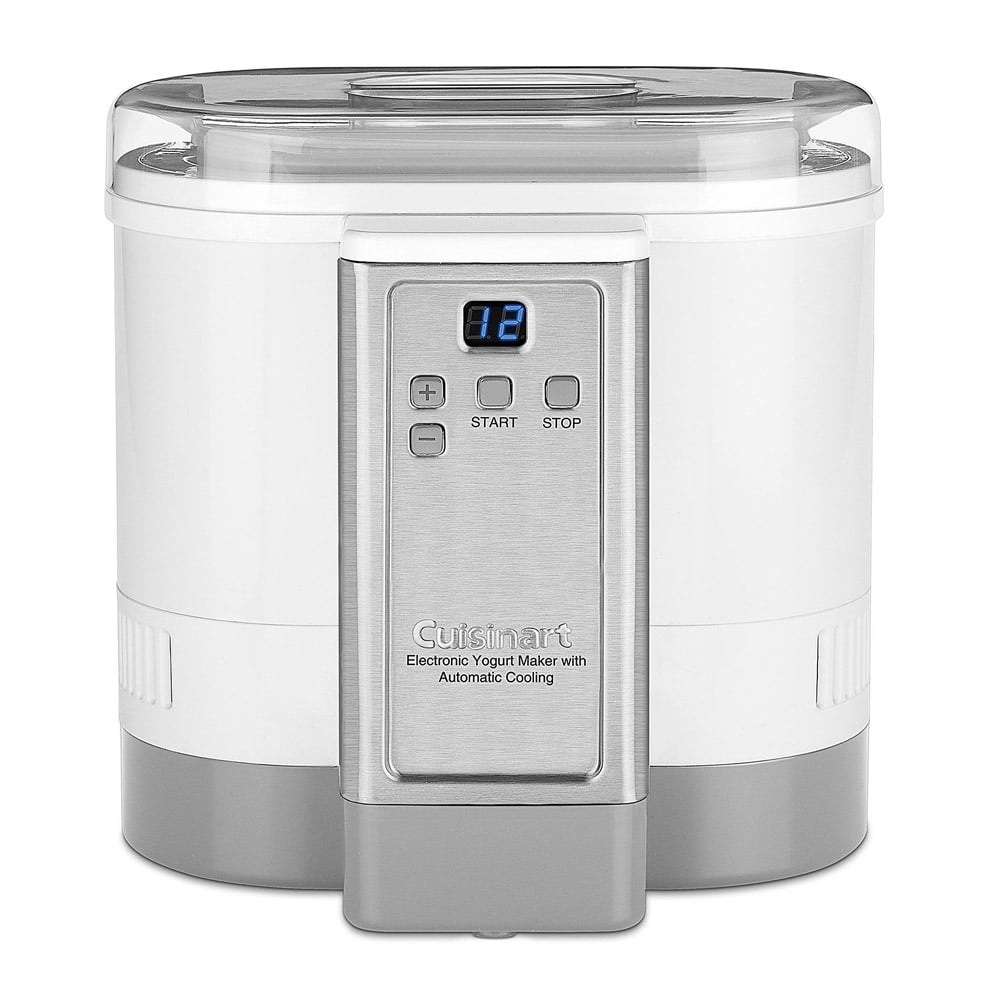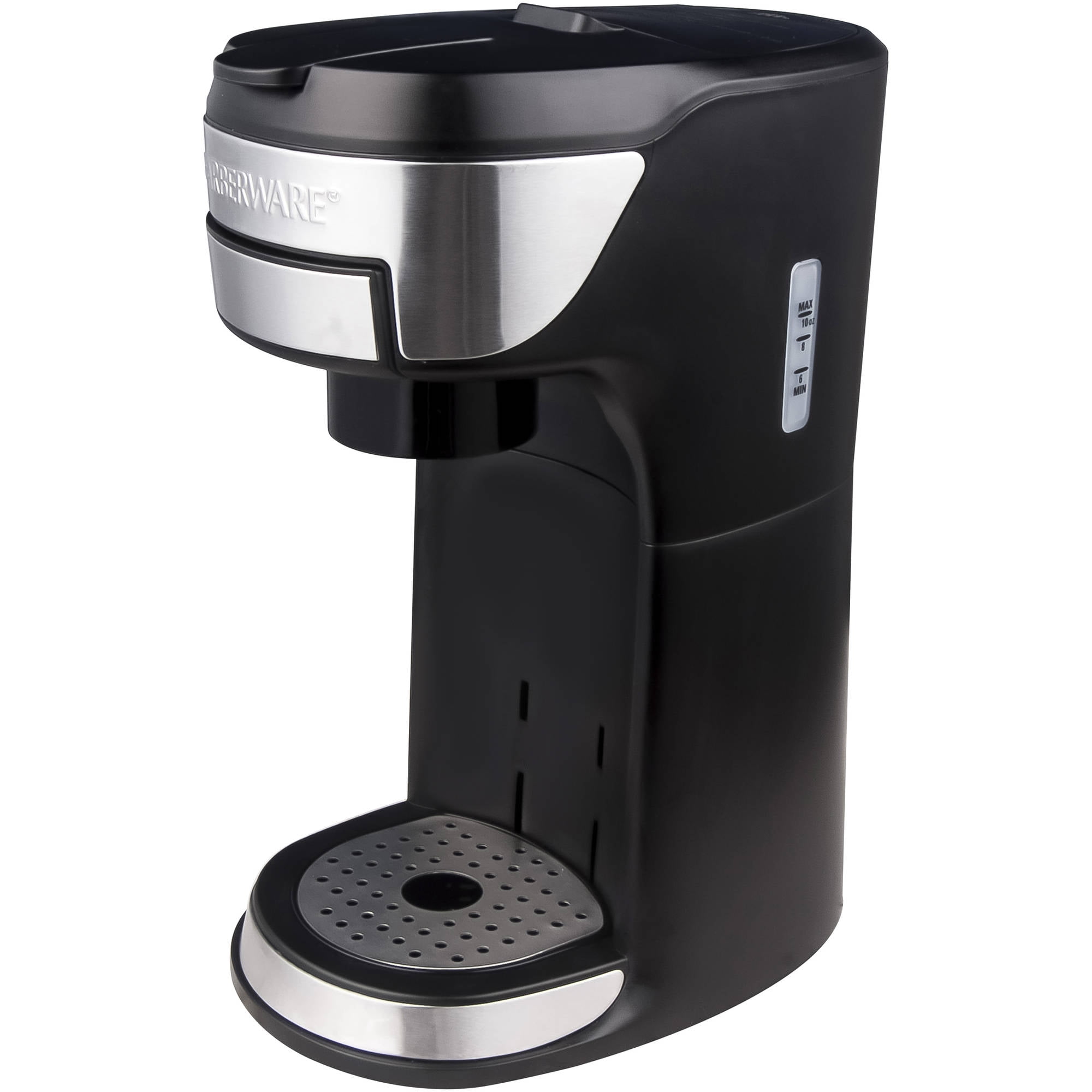

The element is exposed by browsers similarly to custom dialogs using the ARIA role="dialog" attribute. If multiple modal dialogs are open, Escape should only close the last shown dialog. A non-modal dialog does not dismiss via the Escape key by default, and depending on what the non-modal dialog represents, it may not be desired for this behavior. By default, a invoked by the showModal() method will allow for its dismissal by the Escape. Additionally, for those using a device with a keyboard, the Escape key is commonly expected to close modal dialogs as well. For instance, a confirmation, cancel or close button as appropriate. The most robust way to ensure all users can close a dialog is to include an explicit button to do so. When in doubt, as it may not always be known where initial focus could be set within a dialog, particularly for instances where a dialog's content is dynamically rendered when invoked, then if necessary authors may decide focusing the element itself would provide the best initial focus placement.Įnsure a mechanism is provided to allow users to close a dialog. Explicitly indicating the initial focus placement by use of the autofocus attribute will help ensure initial focus is set to the element deemed the best initial focus placement for any particular dialog. When implementing a dialog, it is important to consider the most appropriate place to set user focus. To ensure accessibility for users of Safari versions below 15.4, consider using a polyfill such as a11y-dialog as earlier implementations of the element had usability issues with some forms of assistive technology. Next, we need to make sure that the overlay takes up the entire viewport.

This is where it helps that these three elements are directly children of the. We can get the array by querying the document for all of these types of elements - function Dialog(dialogEl, overlayEl) Elements that can receive focus are anchors, form input elements, buttons, and any element with a tabindex of 0 or greater. To achieve this, we need to generate an array of all the focusable elements within the dialog. When first opened, focus should be set to the first focusable element within the dialog It does not require any special ARIA attributes. The dialog overlay should be a separate element, preferably a child of the element (we will see why in a following section). Neither of the labels need to be visually displayed on the screen, as long as they are in the document tree. We also need to make sure that there is a label for the dialog, provided using the aria-labelledby and optionally the aria-describedby attributes (see HTML for Screen Readers). When creating a dialog, we need to make sure that it has the appropriate role, in this case dialog. Markup the Dialog and Dialog Overlay Appropriately The Dialogĭialogs should have an appropriate role and label
#Dialog maker how to
Luckily, the WAI-ARIA Specification provides some guidelines on how to build an accessible modal dialog. However, users navigating a site via a keyboard and/or screenreader need a lot more. For visual users navigating with a mouse, creating a dialog is as simple as styling the element to look visually different from the rest of the page. Modal Dialogs are a tricky thing to make accessible.


 0 kommentar(er)
0 kommentar(er)
